Make Sanctuary Hills Settlers Normal Again
There are so many cool and interesting locations in Fallout 4, just one identify ofttimes goes without attending. The very first identify the Sole Survivor is in, Sanctuary Hills, is actually one of the most detailed places in the entire game. Pre-war and post-state of war, it served equally a place where the role player begins their journey and where they can build a settlement of the time to come.
It's also the main area where the Minutemen will operate from, with Sturges the handyman nowadays in Sanctuary, forth with Mama Murphy. Closest to Vault 111, it'southward the iconic starting place for Fallout four'southward story that has a surprising amount of history behind it, and many little secrets that well-nigh players won't discover at kickoff sight.
10 Two Sanctuary Hills
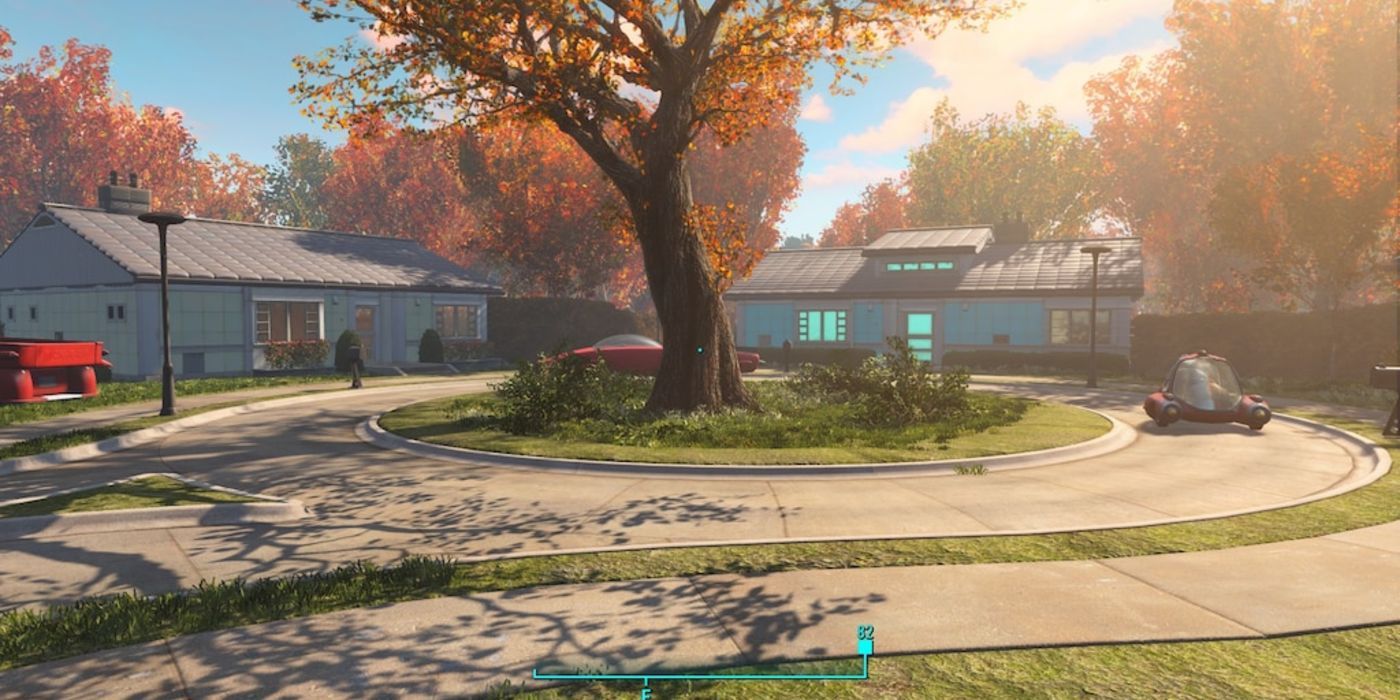
The Sanctuary Hills seen in the introduction of the game is very different from the one that's discovered when the Sole Survivor makes their way back dwelling house. Many of its tinier details are different, such equally the sign outside of the neighborhood which simply exists in the post-war version, and the names on the mailboxes.
This is because there are actually two different Sanctuary Hills areas, which is confirmed by the game files. The player is transported the bodily game map subsequently they exit Vault 111.
nine Leaving Sanctuary Hills
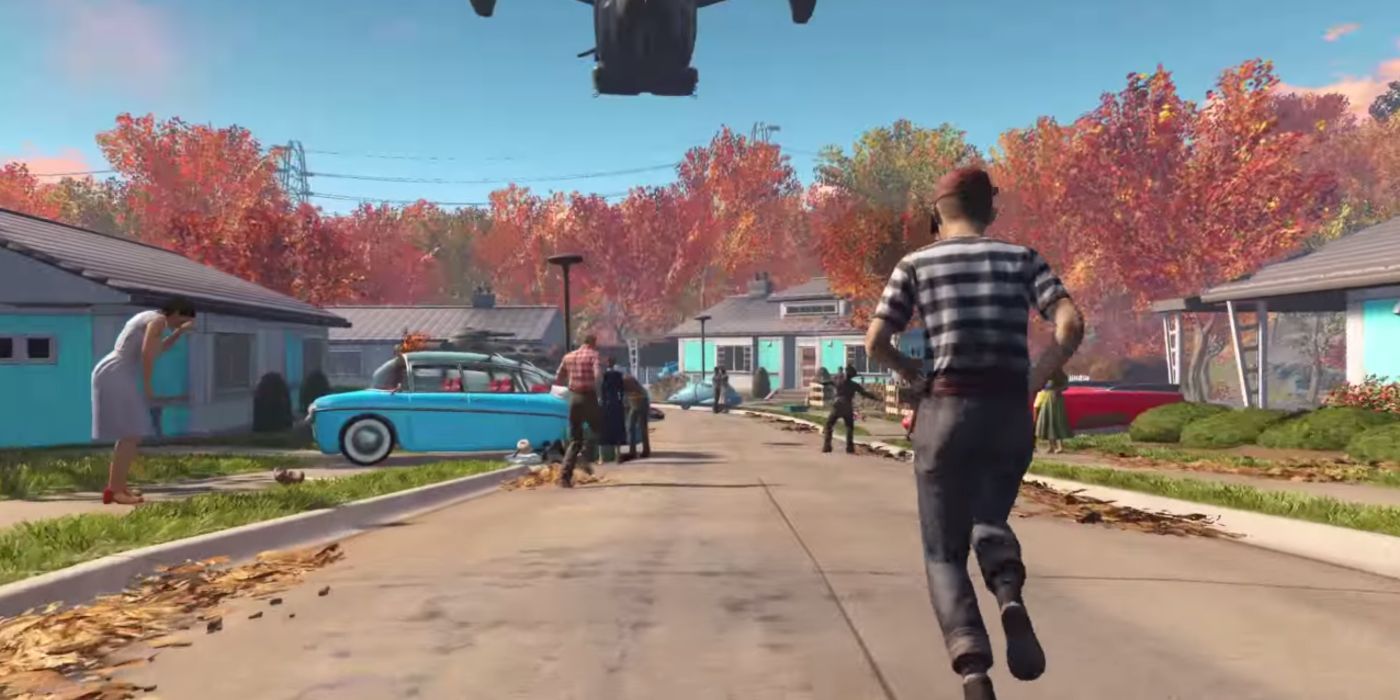
It's a regular day, nothing special going on other than a Vault-Tec representative showing upwards at the Sole Survivor's door. And then of a sudden the news modify, and an alert begins to blare in Sanctuary Hills. Danger is imminent, and the Sole Survivor needs to evacuate.
What if the player only decides to walk out of Sanctuary Hills instead of going to Vault 111? They'll see an unfortunate end at the easily of a large nuclear explosion which will kill them instantly.
8 600-Year-Quondam Bridge
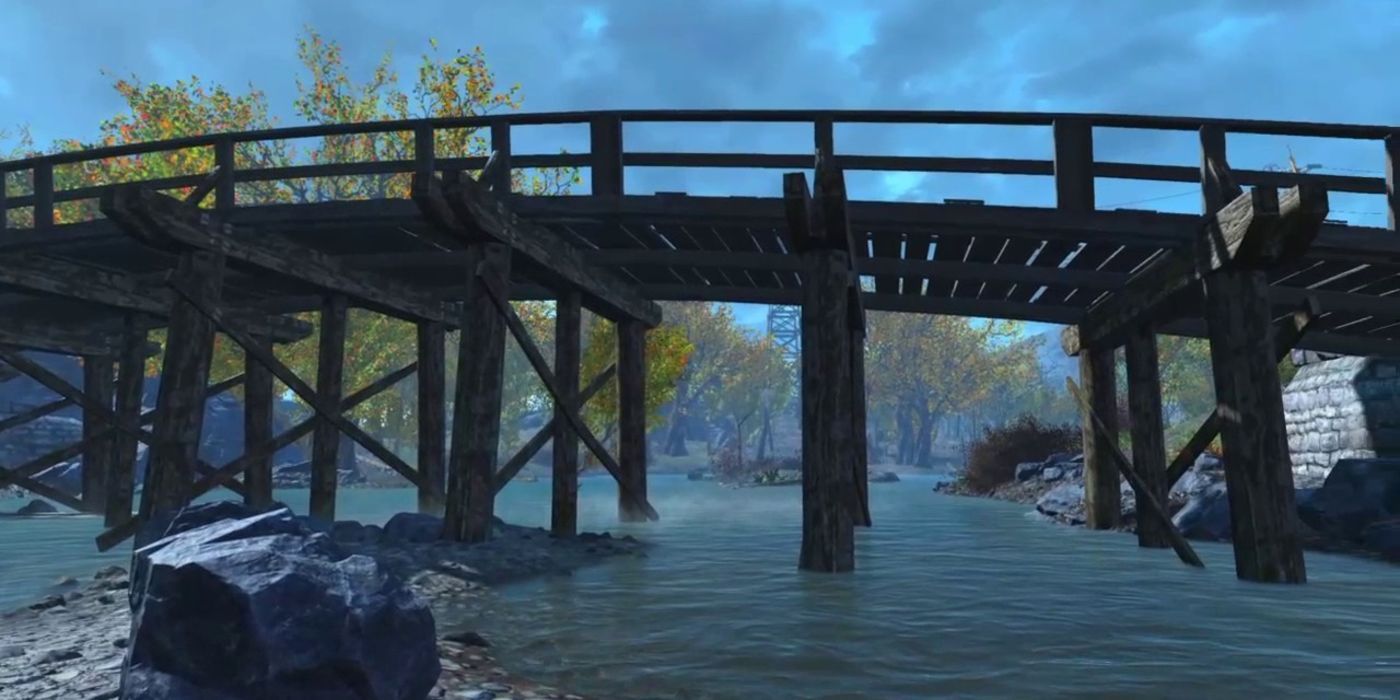
In that location'south ane chief style out of Sanctuary Hills, and it's the bridge located in its southern end. This rickety wooden bridge might non wait like much, merely information technology actually connects the neighborhood to the mainland.
Moreover, according to Preston Garvey this span is historically quite significant. It was already in that location during the American Revolutionary War, which would imply that the bridge has been around for well over 600 years.
7 Sometime Inhabitants
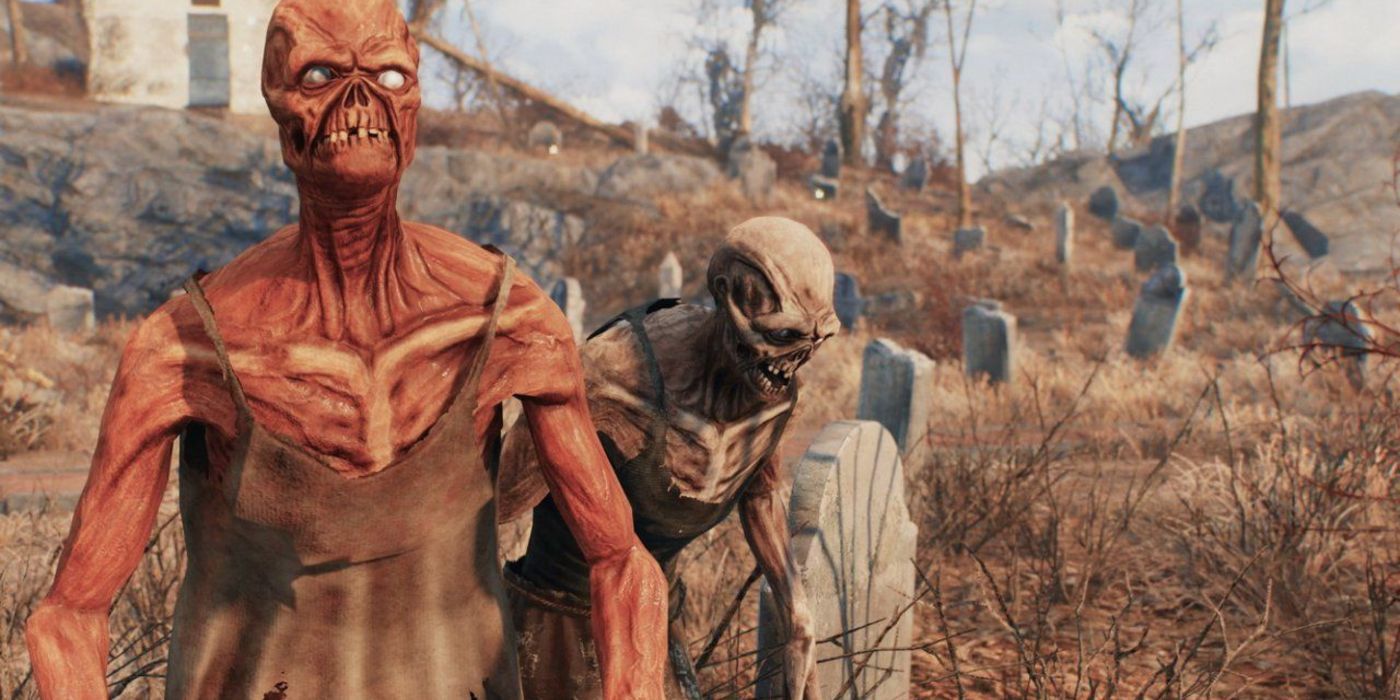
The first affair that might come into the heed of any Sole Survivor is what happened to their dear, beloved neighbors. Sadly, many of them perished during the nuclear explosion, and those who did make information technology to Vault 111 died as their cryostasis pods failed.
In fact, many of the ghouls lurking in the wilds volition sometimes have strikingly familiar clothes or names to the people that once populated Sanctuary Hills. It's a tragic reminder or what happened to them.
6 The Root Cellar
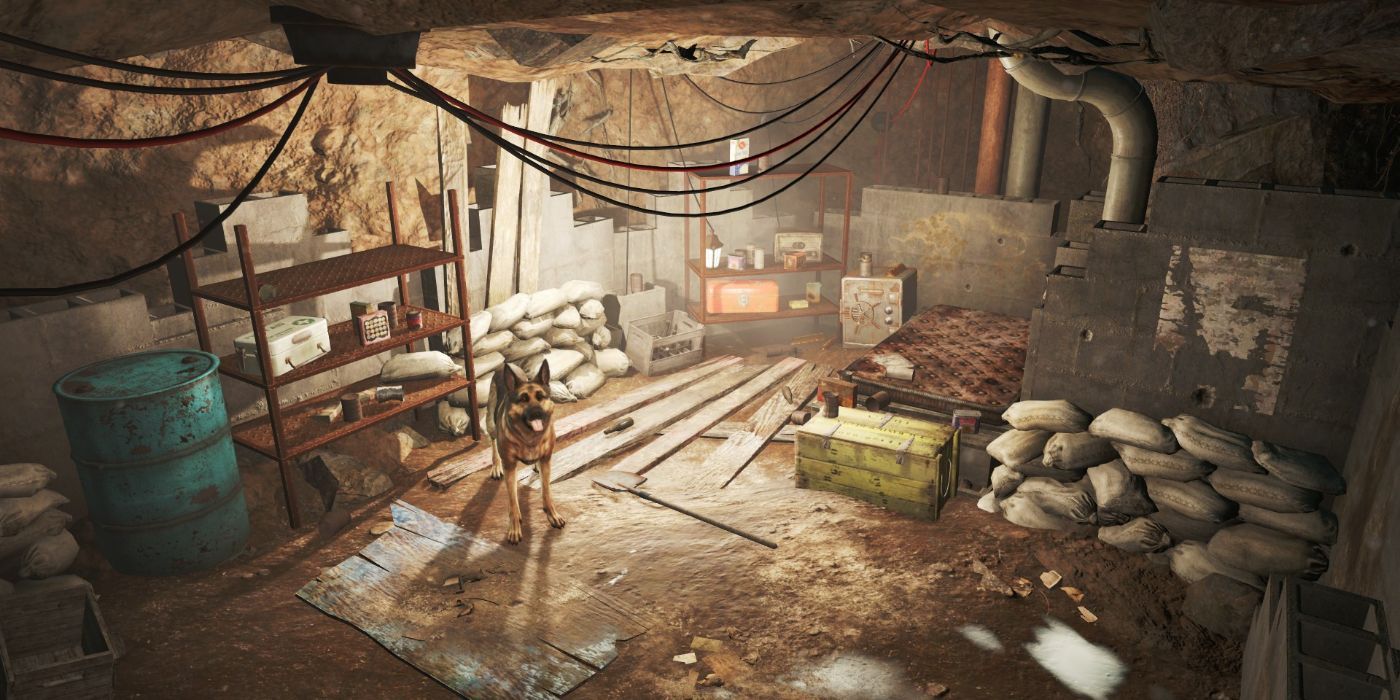
Sanctuary Hills might non look like much at first glance, especially after nuclear radiation ravaged through it. Even so, there's quite a few cool details to exist found in the many abandoned houses that at present litter the sides of the overgrown streets.
I spot that's particularly interesting is the root cellar, which was once built past Jahani. There's some nice loot to exist establish here, and can be found backside i of the houses, accessed by a gear up of metal shutters.
5 Island On A Lake
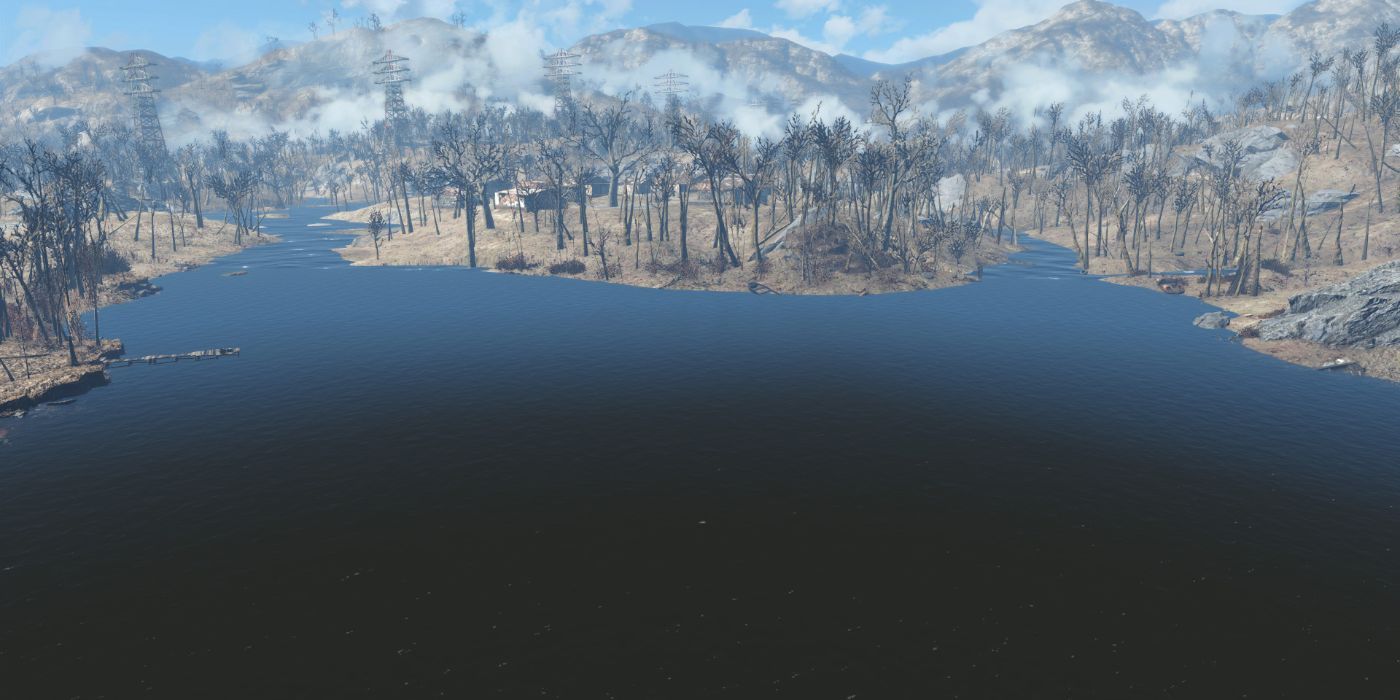
Those with sharp eyes may have noticed that Sanctuary Hills isn't but a regular old neighborhood sat in the farthermost northern parts of the Commonwealth. Information technology's really located on a small isle in the middle of a lake known as Misty Lake.
The lake itself, equally ane would expect, is riddled with radiation, but tin can be crossed in some parts that only have a narrow canal separating the island from mainland itself.
4 Sole Survivor'due south House
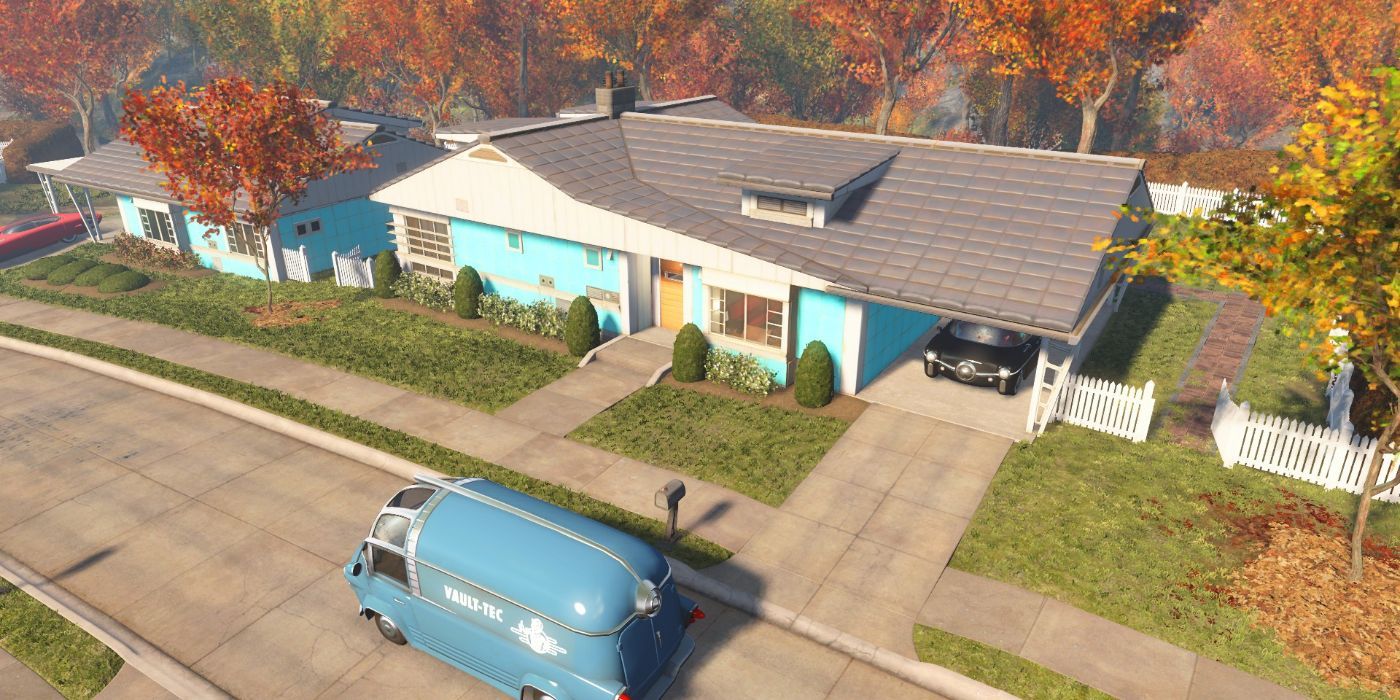
One of the most iconic locations in Fallout 4 is undoubtedly the Sole Suvivor'southward house in Sanctuary Hills. While it definitely becomes very rundown after the war, its appearance in the pre-war era and its proper noun, the Firm of Tomorrow, is really a cool reference.
During the 20th century, the Houses of Tomorrow were real exhibits of imagined houses of the future. They would often showcase new or upcoming engineering science. Non only is information technology a plumbing equipment historical reference, just it'due south as well somewhat ironic.
iii Inspired Past Real Houses
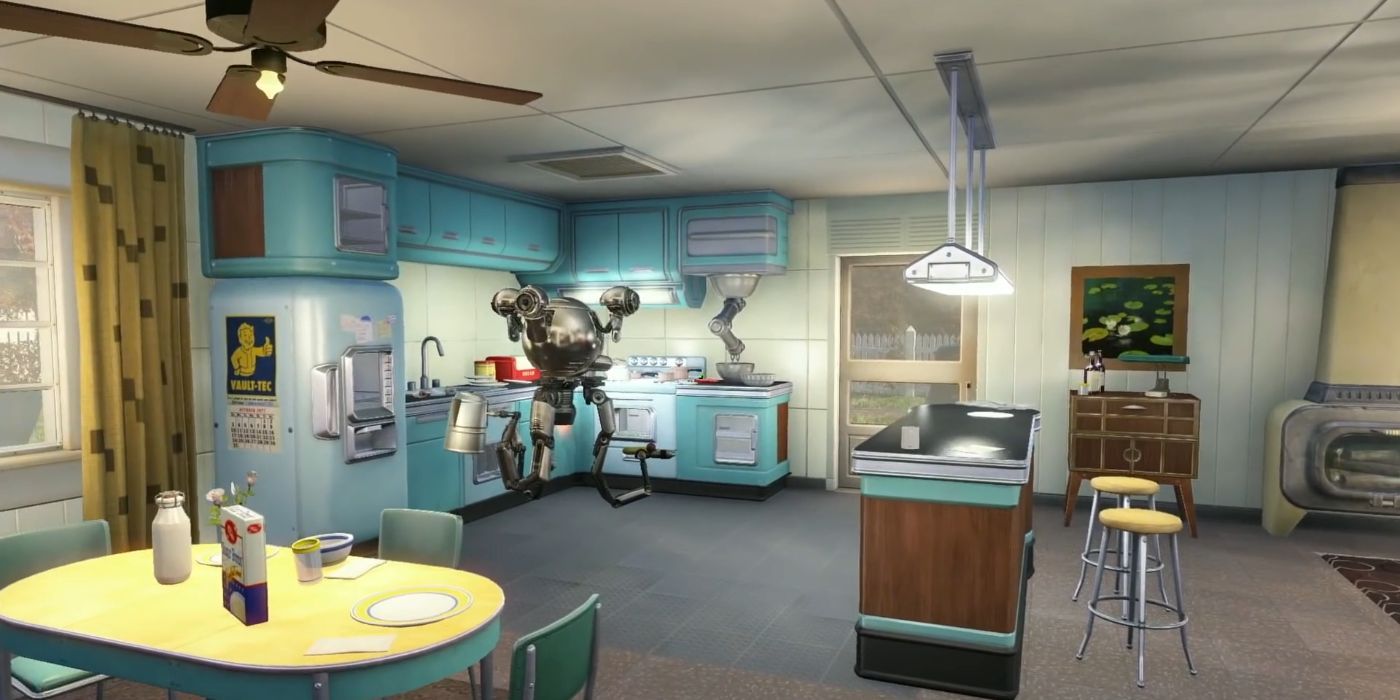
The House of Tomorrow bated, many of the houses in Sanctuary Hills have a very particular style that'southward based on a real life building way from the early 1950s and tardily 1940s. This mode is known as the Lustron style housing.
The style was named after the company itself that built these houses, which were specifically made for people returning from the state of war in a time when in that location was a shortage of available places to stay.
2 Based In Minute Man Historical Park
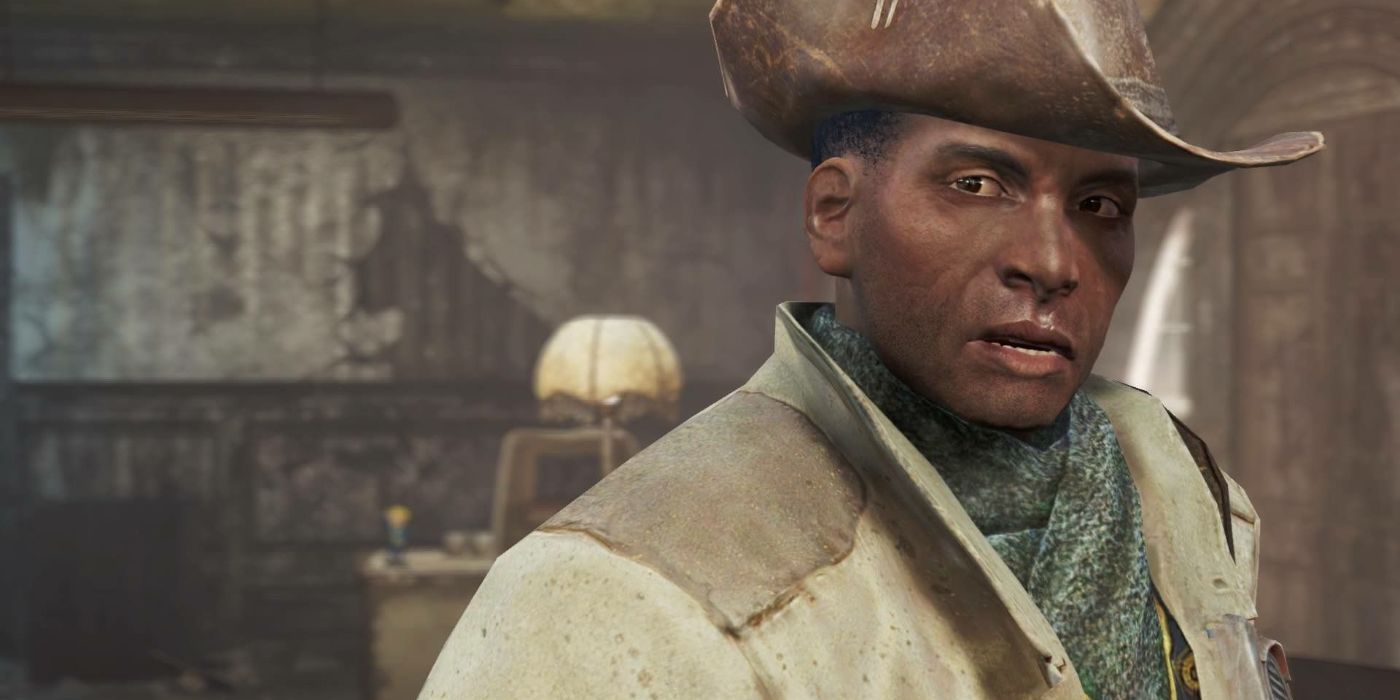
Like much of the Commonwealth, Sanctuary Hills is also located in a real area which tin be found in existent life. Located in Concord, the spot where the neighborhood is perched is really the place for a famous historical location.
The Minute Homo Historical Park is in that exact spot, which is substantially a park that seeks to call up the start of the American Revolutionary War. It's therefore very fitting that Preston Garvey chooses to return to this location within the game.
ane The Music Of Sanctuary Hills
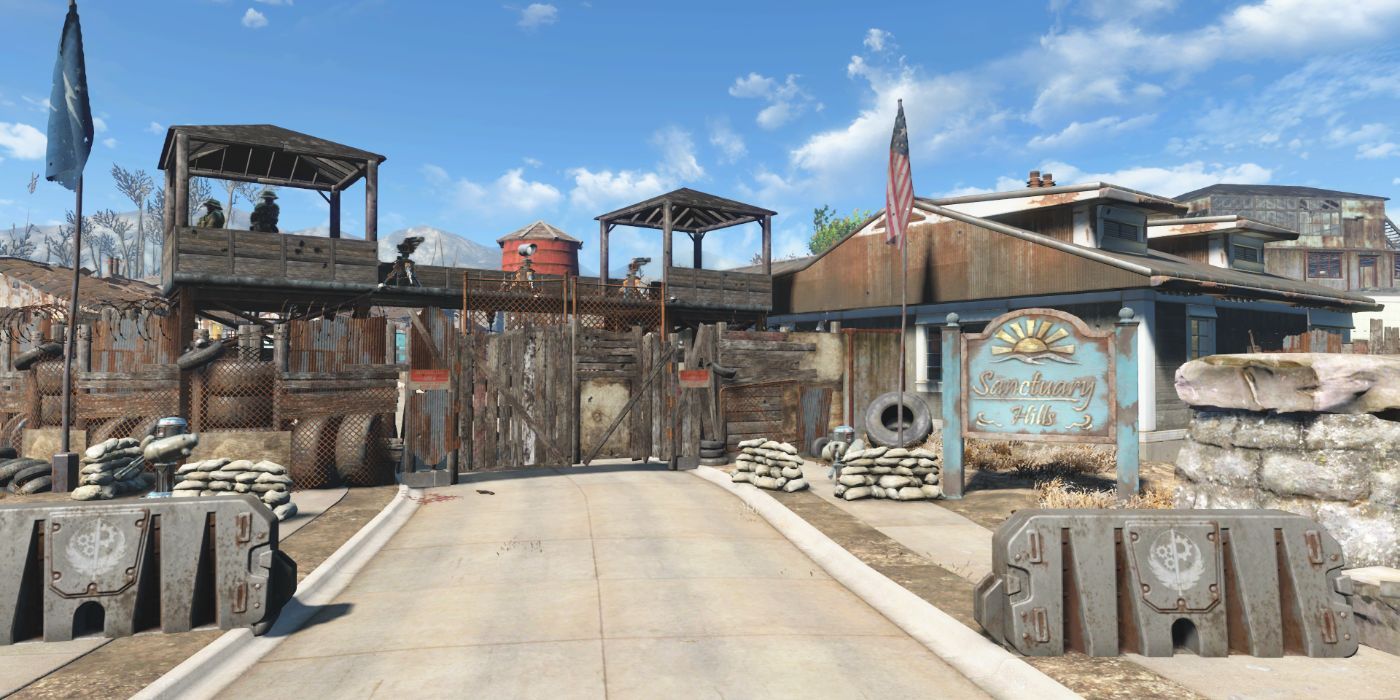
Music in the Fallout franchise has go absolutely iconic over the years, as has its in-game introduction with its iconic "war" quote. Every bit such, there'due south tons of cross-references between the game, and Fallout 4 isn't any different in that regard.
When entering Sanctuary Hills for the first fourth dimension, the player volition hear a familiar acoustic vocal from the very aforementioned ring that made iconic songs for Fallout and Fallout three.
About The Author
ruckmannoureciand.blogspot.com
Source: https://www.thegamer.com/fallout-4-things-didnt-know-sanctuary-hills/

0 Response to "Make Sanctuary Hills Settlers Normal Again"
Post a Comment